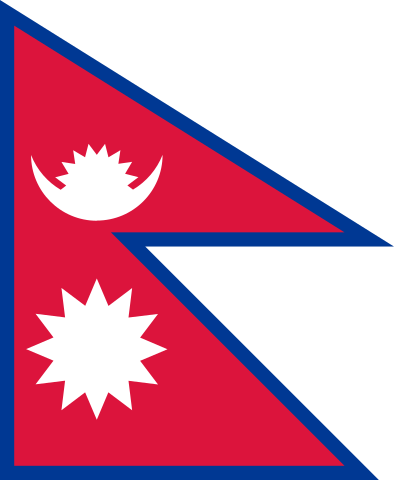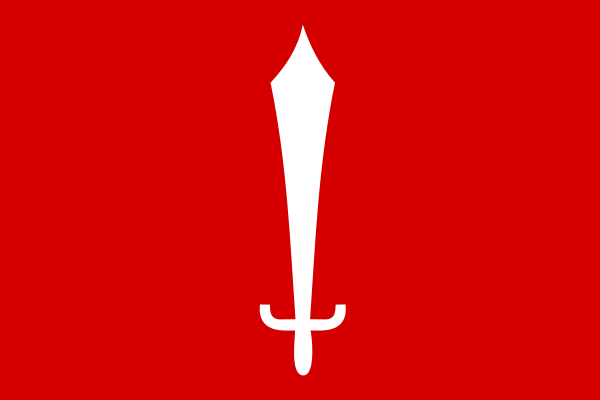About Flags and their Symbolism
July 27, 2020 4 minute readWhen we were in school, we were taught about the uniqueness of the flag of our country. We were told, “Our country’s flag is the only one in the world which isn’t rectangular or square. The red colour of our flag is the symbol of bravery and the blue border is the colour of peace. The moon and the sun in our flag indicate that our country will remain till the moon and sun remain in the sky”. We were told that we should be proud of our country’s flag.

Although I have become less patriotic in time, and learned to not feel pride in something I haven’t contributed to in some way, I have to agree that the flag of Nepal is indeed unique. It is the world’s only non-quadrilateral flag with two juxtaposed triangular figures. It also holds a special place in the hearts of vexillologists all over the world. The YouTube channel Numberphile even made a video dedicated to the flag of Nepal.
During our school days, we were taught about the flags of the different countries of the world and were frequently reminded of the uniqueness of our flag. But I never tried to delve deeper into the world of flags beyond what we were taught. This changed though when I watched a TED Talk video by Roman Mars which was all about flags and their designs.
Like Roman Mars says in the video, I started watching the video thinking that I don’t care about flags that much, but when I had finished watching the video, I came out really caring about flags and their design.
Until I watched the video I had never known that cities had their own flags. Maybe I hadn’t given much thought to the subject till then and missed the many city flags I had seen on television and films, or maybe I didn’t really care to look for them until then. After watching the video and doing some research on my own, I came across r/vexillology which helped me gain more knowledge on and better understand flags, their designs and their symobolisms. After some more research, I found out that the city I come from had its own unique flag as well.

After watching the TED Talk video by Roman Mars, we’d understand that this flag follows the five basic principles of flag design, which are mentioned in the book GOOD FLAG, BAD FLAG. How to Design a Great Flag by Ted Kaye of the North American Vexillological Association, who is also featured in the video.
-
The design of the flag is really simple. It has a large white sword in the center of a red background. The sword is symmetrical, pointing upwards and has a wide blade, widening to a diamond tip with three points with a small hilt and handle. Once we have a good look at it, we can easily draw it from memory.
-
The sword is supposed to symbolize the sword of Manjushri, who, according to Buddhist mythology as mentioned in the Swayambhu Purana, used the sword to cut a gorge at Chobhar to allow the water from the lake, which is currently the Kathmandu valley, to drain and hence made the valley livable. The background of the flag represents the colour red which is held in high regard as an auspicious colour in most of the religions and cultures of Nepal.
-
The colours used in the flag are red and white, which are basic colours from the standard colour set that contrast well with each other.
-
There is no writing on the flag.
-
The flag is not really unique in its design but it does try to be distictive and doesn’t try to copy other flags.
This flag turns out to be a great symbol to represent the city of Kathmandu.
I believe that there should be flags for other cities of Nepal as well. Maybe there already are flags for other cities in Nepal, and I just don’t know about them yet. Also, just like the flag of Kathmandu symbolizes and represents the unique history and culture of Kathmandu, the flags of the other cities in Nepal could represent their own unique history, culture and heritage and could be used as a symbol for the people of the city to unite under.